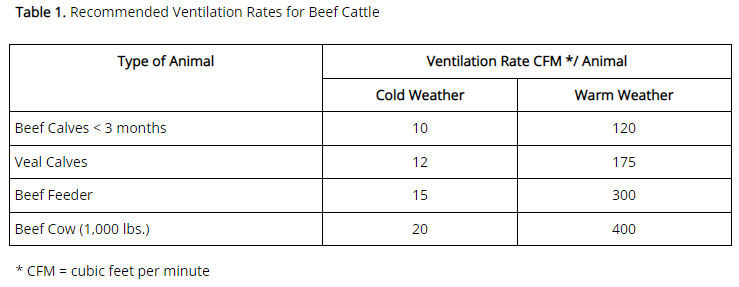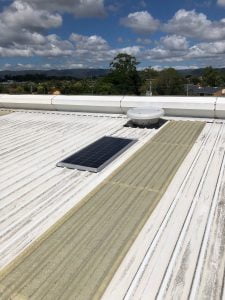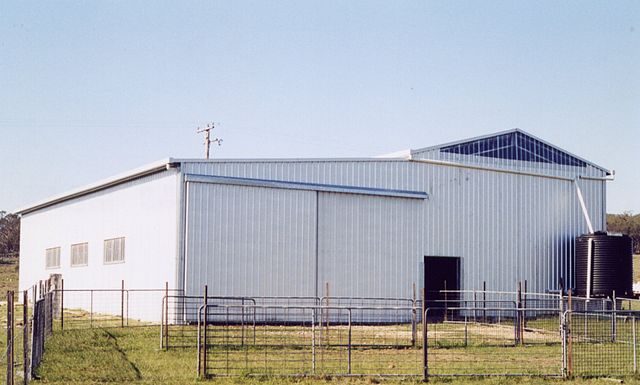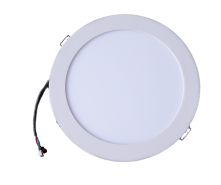Ventilation is a huge part of agricultural management. In this post, we’ll look into livestock production and the role that ventilation has in cattle health, wellbeing, and production. Providing livestock “with fresh air is necessary for livestock productivity. Ventilation also provides air movement that promotes cooling and improves air quality for confined animals”. We believe Solar Whiz is an excellent solution to ventilation issues in these applications. Read on to find out why!
Why do cows need ventilation?
Just like any living thing, cattle produce heat, moisture, and gases (coming from respiration and waste products) that need to be managed and removed in order to maintain a healthy and comfortable environment. Clearly, it’s obvious that good ventilation is fundamental to keeping livestock safe and healthy during hot weather. Agriculture Victoria states that it is the farmer’s responsibility to accommodate their animal’s needs by providing suitable infrastructure. It is also their responsibility to regularly check on animals during periods of extreme heat.
Different sizes, ages, and types of cattle will need different amounts of fresh air. This table from the Ontario Ministry of Agriculture, Food and Rural Affairs offers a helpful guide:

Recommended Ventilation Rates for Beef Cattle from the Ontario Ministry of Agriculture, Food and Rural Affairs
Why is shed ventilation in cattle-keeping important?
Meat and Livestock Australia did an ‘Investigation of the Ventilation Efficacy on Livestock Vessels‘ in 2001 and found results that speak to the importance of good ventilation that works properly. They found that a bad air intake system can actually add to the heat in a space. As mentioned before, livestock is already producing their own heat in addition to moisture and gas. It can be incredibly difficult to keep animals safe and comfortable if your ventilation system is having the opposite effect!
There are strict standards for raising cattle. However, we believe that our product is well-suited to help farmers achieve standards relating to heat and air quality control. The Australian Animal Welfare Standards and Guidelines for Cattle state that:
- Facilities need to consider and accommodate for the size of an area, climate as well as the purpose and length of animal confinement.
- Housed cattle need access to good air quality that is not unacceptably polluted with dust, chemicals, and smells.
- Both dairy cattle and beef feedlots require actions and risk assessments to minimise heat stress and manage the risks of heat load.
Other research has found that dairy cattle exposed to temperatures outside of their environmental comfort thermal range have lower reproductive performances and lower milk yields. Dairy cattle have a thermal range of 5 to 25°C, which can be difficult to achieve in a crowded milking station at any time of the year. Maintaining a consistent and cool temperature without mechanical ventilation like Solar Whiz is nearly impossible.
But don’t farms already ventilate their sheds?
Most farms rely on natural ventilation and shed insulation to regulate temperatures and air quality. Passive/natural ventilation relies primarily on shed design features like building orientation as well as window size and location. It uses natural airflow and wind to provide fresh air to cattle. While these methods can be effective when conditions are ideal they don’t work so well when it’s too hot and/or not windy enough.
Whirlybirds are a common sight in sheds and warehouses. They are a form of passive ventilation because they depend on wind and heat convection to spin the turbines and extract heat. Commercial-grade whirlybirds offer airflow rates of between 2,500 to 5,000 m³/h per hour. While this might sound impressive, it really isn’t anywhere near enough for a facility managing livestock.
Mechanical ventilation uses powered fans to either move air around or extracts hot and polluted indoor air. This kind of ventilation is far more powerful, reliable, and effective because it doesn’t depend on the weather to deliver results. Unfortunately, though, they are often associated with high installation and operating costs.
So what does Solar Whiz offer?

Our units offer market-leading airflow ratings, reaching capacities of up to 10,000m³/h. Compare this to the 2,500-5,000³/h that most whirlybirds offer. Cattle care requires huge amounts of air movement and this is understandably expensive if you are using an electric system. Solar Whiz is designed to be self-sufficient and can be run entirely on solar power, removing any operating costs. We also offer a control box that gives you extra flexibility and control. It can allow you to ‘top up’ the solar power with mains power when there is insufficient sunlight to fully power the unit. That also means you can operate the unit at night!
But the benefits of Solar Whiz are not only limited to livestock! Our product has performed to a high standard in sheds, chicken coups, and stables as well!
There is a role for both mechanical and natural ventilation in livestock management. Mechanical ventilation like Solar Whiz is great for these situations and can be an excellent asset. Our systems work to complement natural/passive airflow and can ensure safety and health standards are met regardless of the weather.




